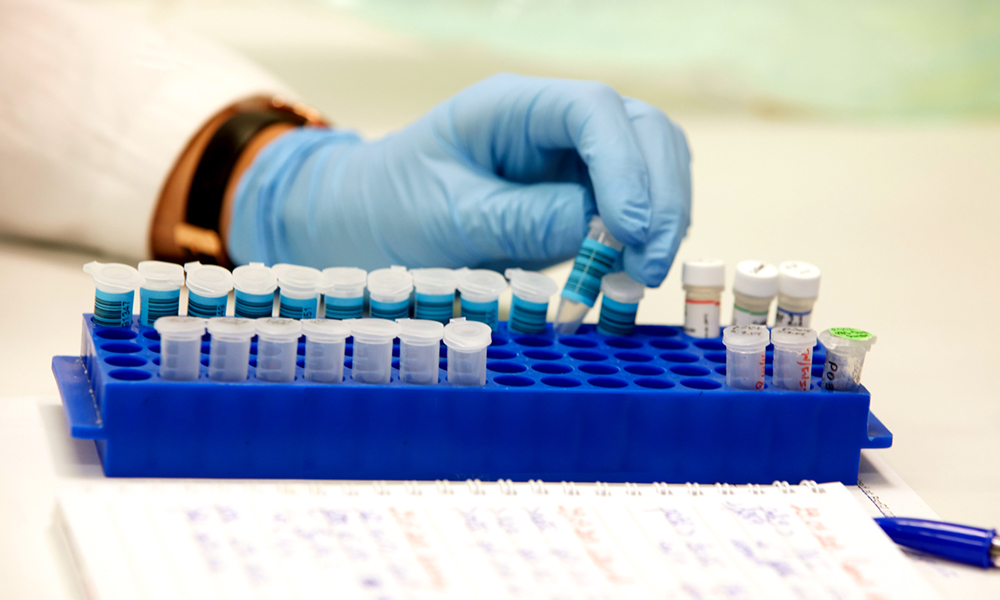
Silencing the SARS-CoV-2 receptor with epigenetic modifications
EMBL scientists develop a new molecular tool to prevent SARS-CoV-2 infection in mice

Epigenetic modifications can turn genes on and off by affecting the chemical structure of the DNA or its associated proteins, rather than the DNA sequence. Unlike genetic modifications, epigenetic changes are transient and reversible.
Scientists in the Hackett group at EMBL Rome have recently developed a new version of a CRISPR molecular tool used for epigenome editing, making it smaller and easier to deliver into cells. This tool is able to cause targeted epigenetic modifications of specific genes in specific cell populations. They will use this tool in mice to target airway cells that express the ACE2 protein – the receptor that binds the SARS-CoV-2 spike protein and allows the virus to enter the cell. Once directed to these specific cells, the editing system is able to cause epigenetic modifications that temporarily silence the expression of ACE2. The expected outcome is to block the entry route for the virus and make cells resistant to SARS-CoV-2 infection. The project will investigate the wider potential of epigenetic editing as a general strategy for future prevention or treatment options.
This approach repurposes an existing strategy that is being developed at EMBL Rome for cell-type-specific epigenetic modifications of target genes. The Hackett group is interested in studying the epigenetic changes underlying genome regulation in health and disease, and in engineering precise epigenetic tools to reverse these changes.


